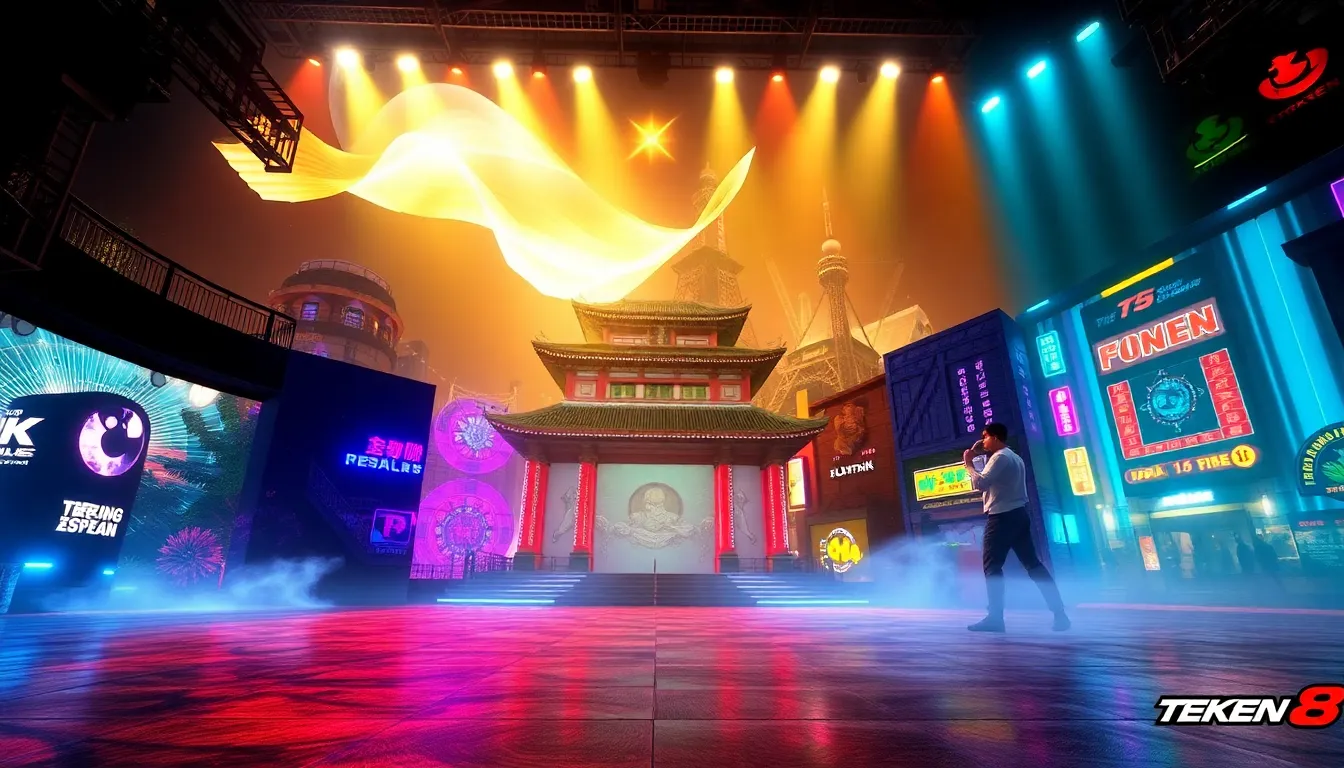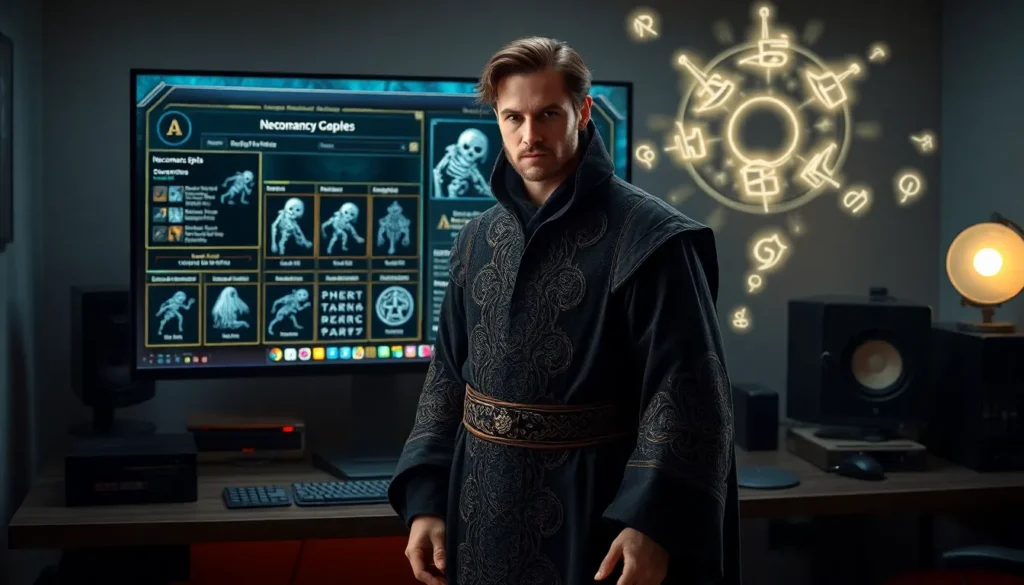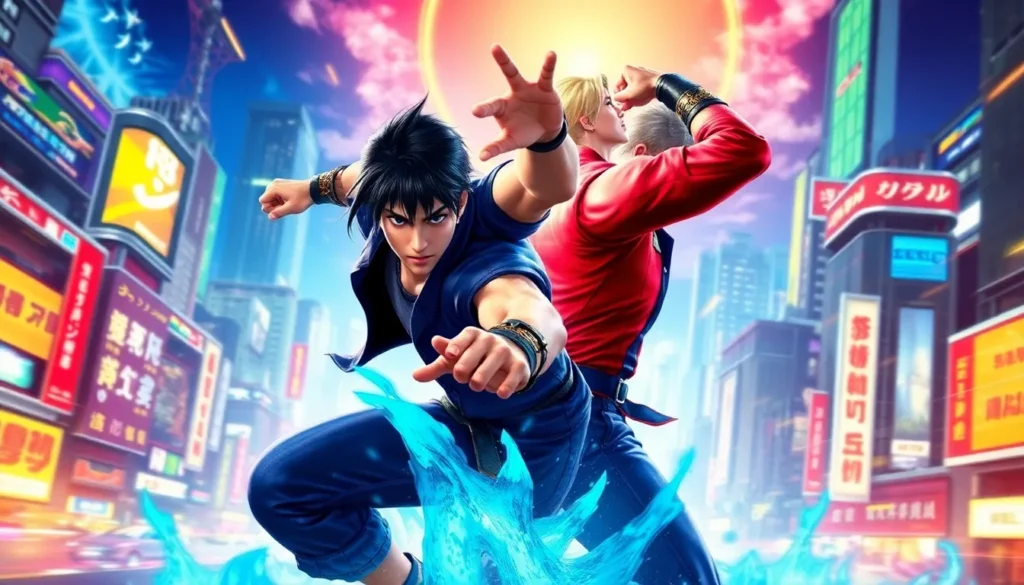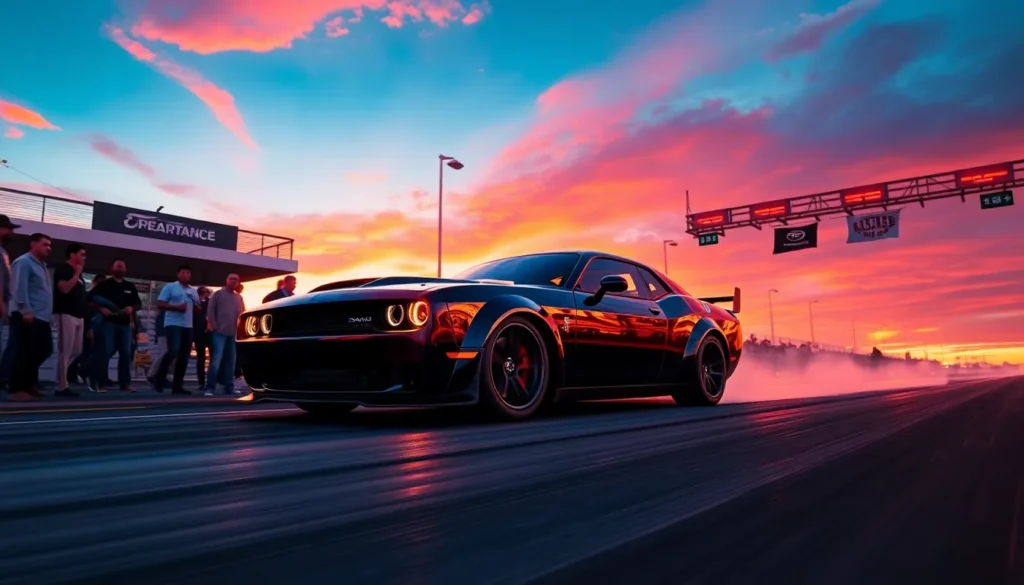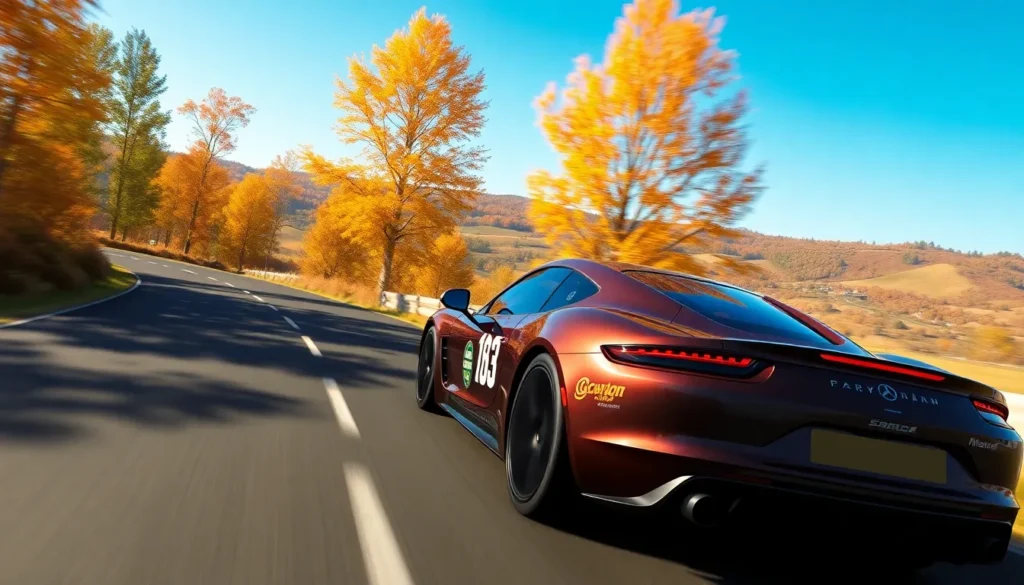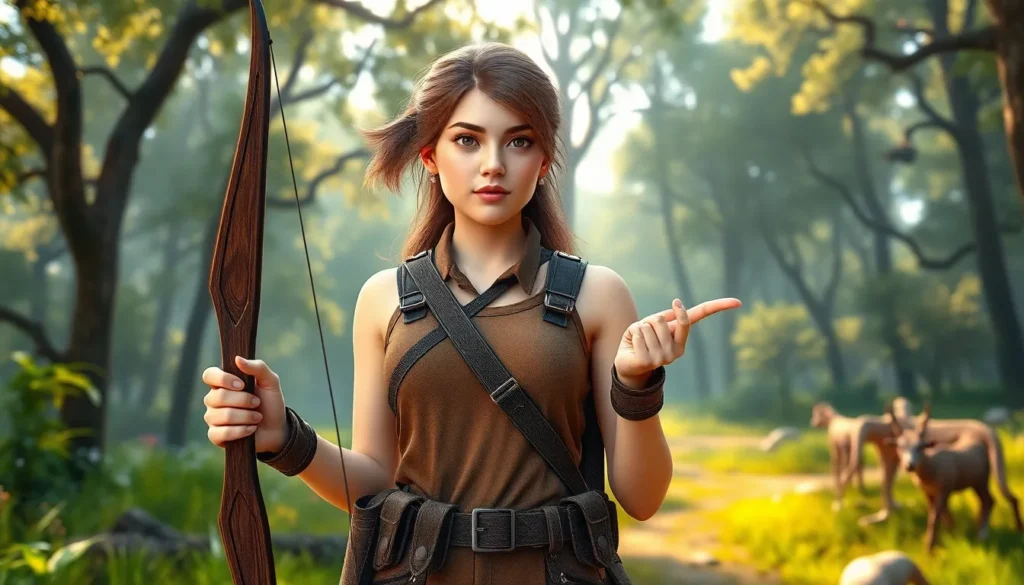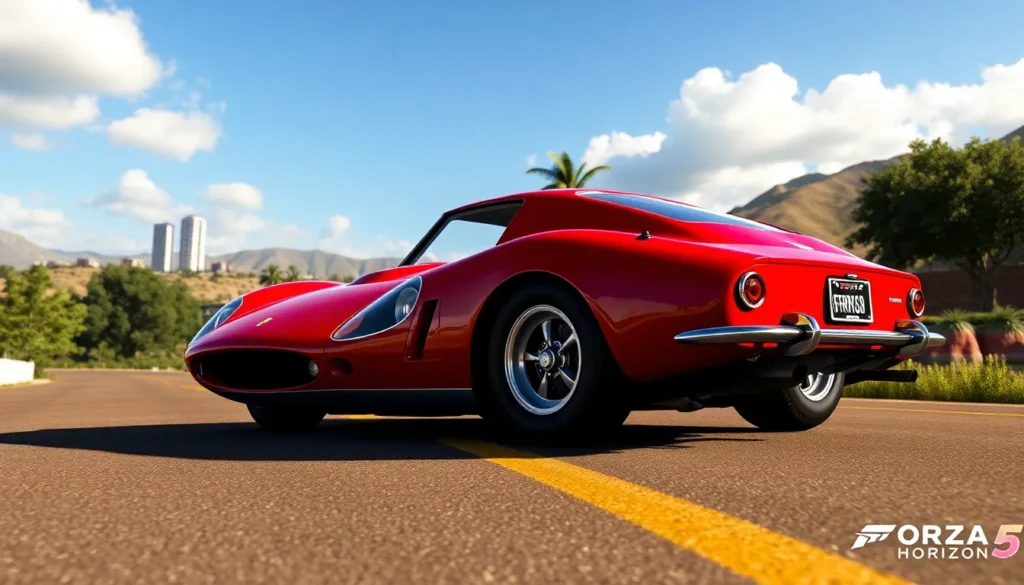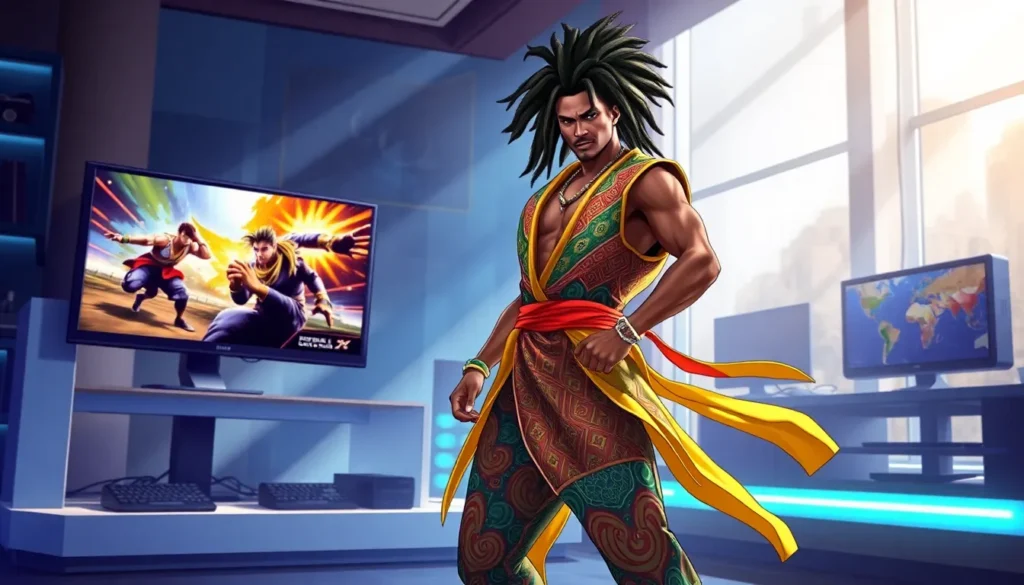When you think of fighting games, what comes to mind? Epic battles, flashy moves, and perhaps a stage that feels more like a character itself than just a backdrop. In Tekken 8, the stages take center stage, and they have a lot to say. Prepare to explore the breathtaking arenas where your favorite fighters clash, showcasing culture, creativity, and a splash of chaos. Buckle up for a journey through the vibrant landscapes of Tekken 8, revealing the philosophy behind their creation and their impact on gameplay. And yes, there may even be a few surprises along the way.
Table of Contents
ToggleOverview of Tekken 8 Stages
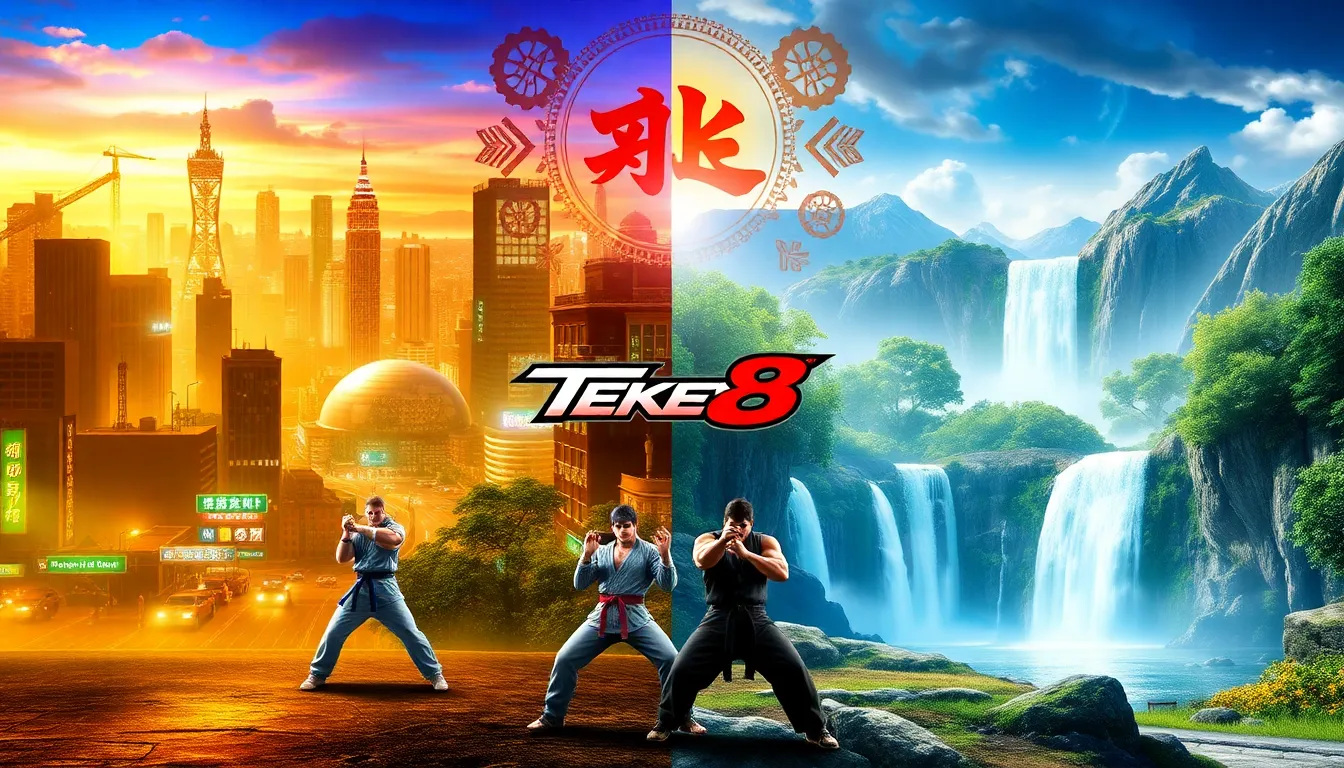
Tekken 8 arrives with a stunning array of stages that are as diverse as the fighters who battle on them. Each arena is meticulously designed, offering not only visual flair but also unique cultural settings that transport players around the globe. From bustling cityscapes to serene natural vistas, these stages serve as dynamic battlegrounds where strategy meets artistry.
Players can expect a rich tapestry of environments, showcasing not only the aesthetics but also the narratives behind them. Each setting is crafted to evoke a sense of place, enriching the overall gaming experience. It’s easy to overlook what lies beyond the fighting when the arenas are so beautifully designed, but every stage represents an essential part of the Tekken lore.
In Tekken 8, it’s clear that the environment isn’t just ornamental: it plays a crucial role in the immersive quality of the game. Let’s dive deeper into the thought processes that shaped these incredible stages.
Design Philosophy Behind Stage Creation
The design philosophy for Tekken 8 stages revolves around creating an engaging and immersive experience. Developers focus on balancing realism with artistic flair to present stages that feel both lively and relatable. Each stage draws inspiration from real-world locations, incorporating distinct features and cultural references.
One crucial aspect is the adaptability of these environments. They are designed to help gameplay styles and strategies, allowing for different levels of interaction. The goal is to create arenas that feel alive, places where the environment itself can influence the outcome of a match.
Also, there’s a keen awareness of how aesthetics can enhance the emotional connection to the game. Striking visuals and detailed backgrounds help players feel like they are truly part of the fight. Eventually, it’s about building a world that players want to explore, even as they’re focused on outmaneuvering their opponent.
New Stages Introduced in Tekken 8
Tekken 8 comes packed with fresh stages that revitalize the gameplay experience. Among the standout new arenas, players will find jaw-dropping locales that blend cutting-edge design with familiar elements. Picture a vibrant night market in a bustling Asian city, complete with bright neon signs and animated crowds. Each new stage builds anticipation and excitement, bringing something genuinely unique to the Tekken universe.
One particularly thrilling addition is the futuristic cyberpunk arena, where dynamic visual effects mirror the intensity of the clashes that unfold. As players engage in ferocious battles, they’ll also be treated to stunning light displays that further immerse them in the action.
These new stages not only enhance the visual appeal of the game but also present fresh opportunities for strategic play. They can dramatically change the way matches unfold, as fighters must adapt to the unique layouts and interactive elements that these stages introduce.
Classic Stages Returning from Previous Installments
While Tekken 8 shines with new stages, it also pays homage to its roots by reintroducing classic arenas loved by long-time fans. These returning stages evoke nostalgia and comfort, reminding players of earlier triumphs and memorable battles. Recognizable locales like the iconic Temple Garden and the bustling streets of New York offer a sense of familiarity as players re-engage with the franchise.
These classic stages have been enhanced with upgraded graphics and smoother animations, making them feel fresh and relevant in a new game setup. The nostalgia is paired with modern upgrades, leading to an optimized combat experience without losing the charm that made these locations memorable in the first place.
Also, these classic settings have a unique impact on gameplay. Many players have honed their skills on these stages, and knowing their layouts can provide significant strategic advantages when battling opponents.
Interactive Elements and Stage Mechanics
Interactivity is a defining feature of Tekken 8 stages. Unique mechanics allow players to use the environment, adding layers of strategy to each match. This can range from destructible elements that shift the stage’s layout mid-battle to interactive features that provide tactical advantages.
For instance, players might find themselves fighting near a ledge that can be used to pull off spectacular throws or combos. These mechanics introduce an exciting unpredictable element to fights, forcing players to adapt their strategies on the fly. The result? Matches that keep players on their toes, both physically and mentally.
Also, interactive elements can enhance the immersion factor, drawing players deeper into the experience. You’re not just fighting on a stage: you’re fighting in a dynamic environment that reacts to your every move. This sense of engagement makes every battle feel fresh and intense, sometimes even altering the narrative of a match.
Impact of Stages on Gameplay and Strategy
Stages in Tekken 8 aren’t merely backdrops: they significantly affect gameplay and strategic planning. The variety of settings provides players with unique opportunities to leverage their fighter’s strengths while exploring the intricacies of their environment. For instance, an arena with a narrow layout might favor characters with quick, agile moves, while wider spaces may provide advantages for heavier hitters with long-range attacks.
Understanding the nuances of each stage can offer profound insights into better gameplay. Players who invest time learning these details will find that they can manipulate their environment to gain an edge over opponents. Strategies evolve as players adapt their fighting styles to the specific demands of each arena, creating a rich, layered combat experience.
Also, the psychological impact of stage familiarity can’t be overlooked. Players often feel more confident in settings that they know well, which can translate to improved performance. In essence, the synergy between stage design and combat strategy forms a critical part of the Tekken 8 experience.

